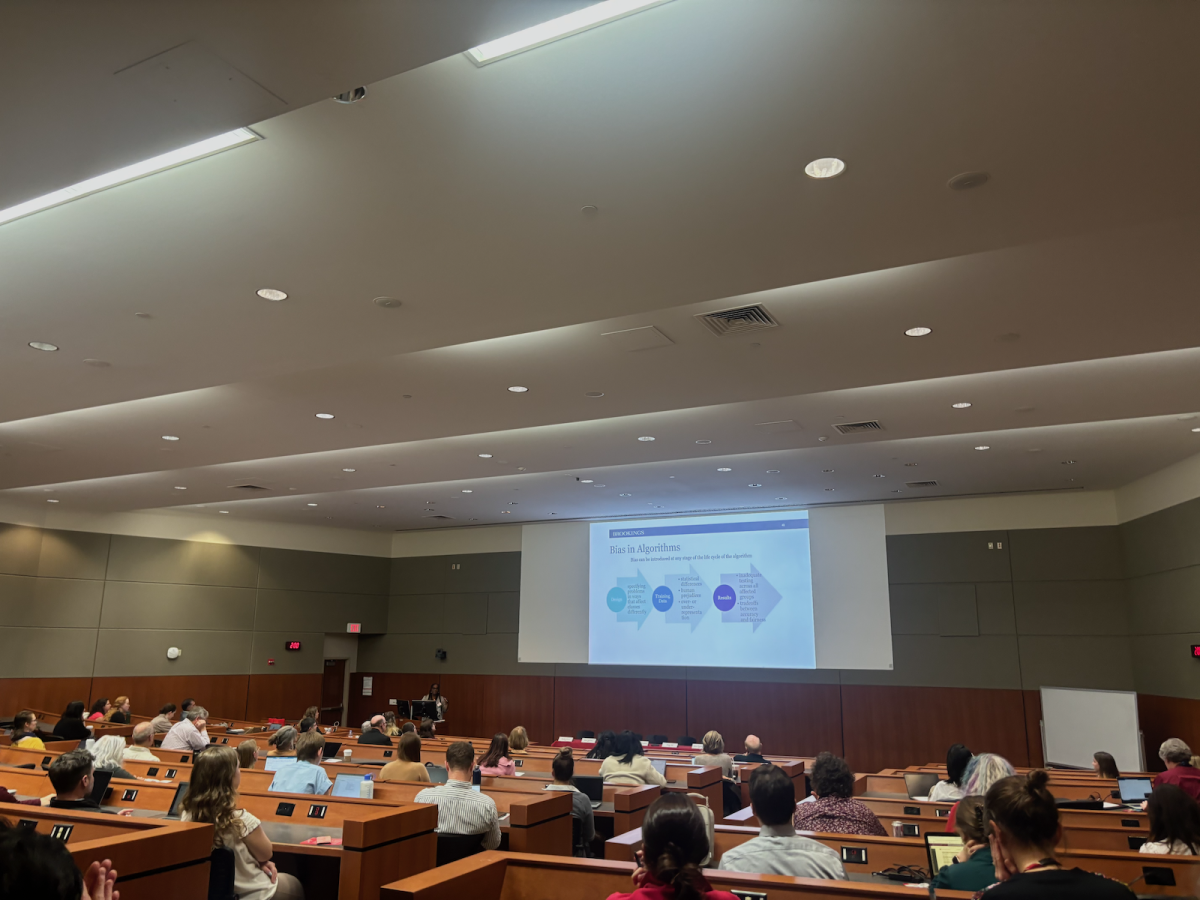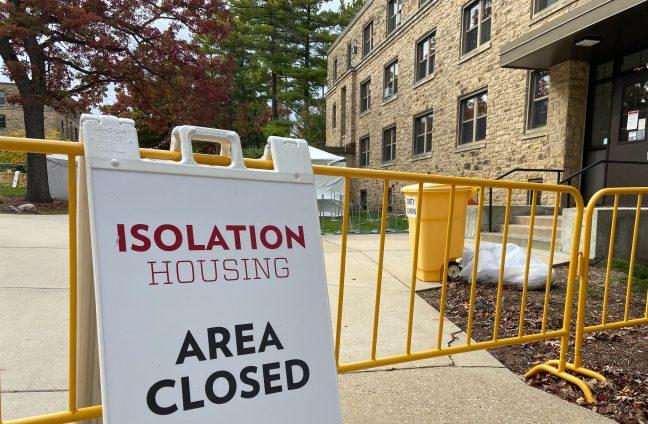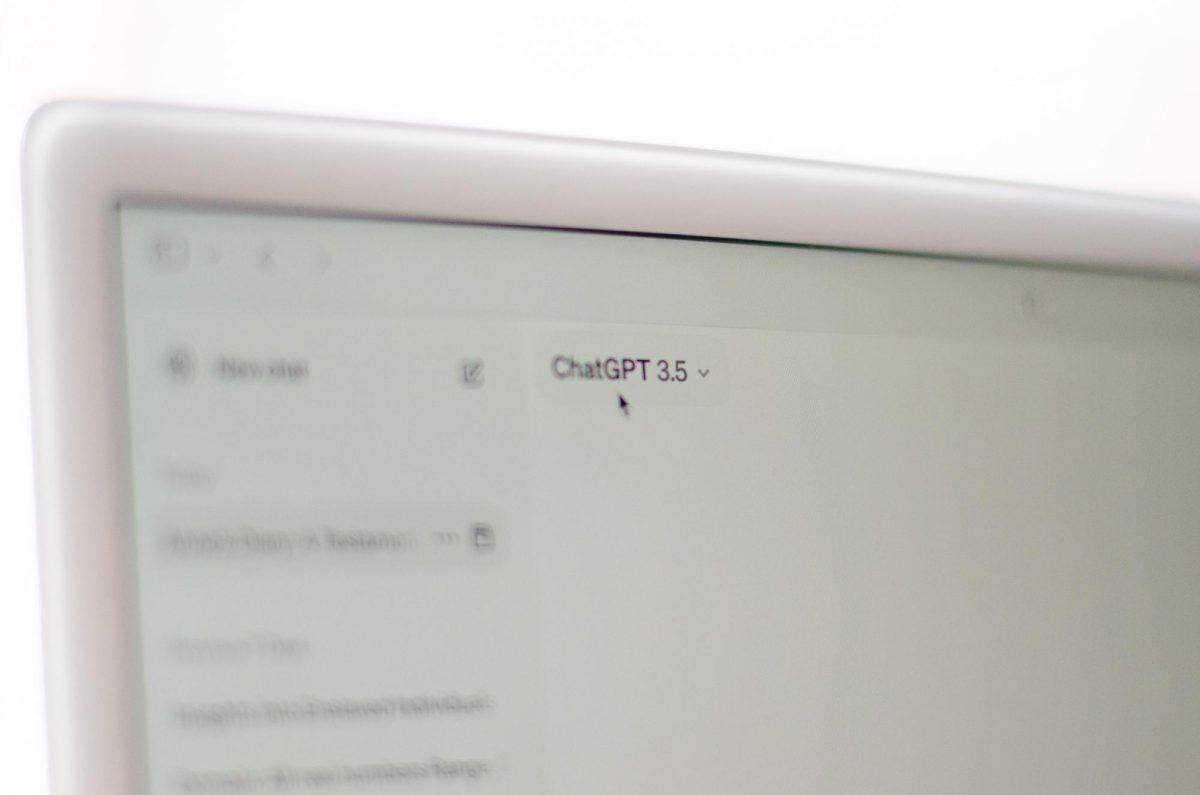If the past six months of the COVID-19 pandemic have taught college students anything, it’s that we’re significantly less likely to get sick than older, at-risk individuals. At this point, most of us know several people who have contracted and subsequently recovered from COVID-19, with many recovered young adults describing mild symptoms no worse than a cold. But, there are still those who do not feel better past the allotted quarantine period, aptly named COVID-19 “long haulers.”
For the most part, long haulers are older or have pre-existing conditions, but experts are now seeing increasing numbers of young long haulers — even as young as 12. While symptoms vary, research from the CDC has shown that among 18 to 34-year-olds with no prior chronic medical conditions, “one in five had not returned to their usual state of health” two to three weeks after receiving a positive test result.
Similar studies have shown that 50% to 80% of patients diagnosed with COVID-19 continue to have symptoms three months after initial onset, even after tests no longer detect the virus. What’s more alarming is that long-term COVID-19 has impacts on seemingly every kind of patient, from those who had mild infections and recovered at home to those who were hospitalized.
To manage the pandemic, Wisconsin must outlaw indoor gatherings
While students and employees are not required to disclose whether they have been hospitalized, the University of Wisconsin reported back in mid-September that one student had been admitted, though they were discharged Sept. 19, according to the Smart Restart Dashboard daily briefing.
We cannot draw any conclusions about the severity of this one particular case, but we must also acknowledge that we do not know whether other students have been hospitalized, or the severity of unreported cases. As of Nov. 3, almost 3,500 students tested positive for COVID-19 — cases that we know little about outside of their existence.
I spoke to several students who had contracted COVID-19, either on campus or shortly before arrival, and their experiences and symptoms varied. Sophomore Julia Schoen, who tested positive in July, said her sense of smell is “not 100% back,” and she occasionally feels short of breath or has chest pains while working out. Schoen also reported that her symptoms did not go away after 10 days. Instead, it took about three weeks before she felt somewhat normal.
Students should not bear responsibility to monitor others following Smart Restart failures
But, sophomore Carley Skaalen had a significantly more mild bout, explaining that her symptoms felt like allergies.
“To be honest, if there wasn’t a pandemic going on I wouldn’t have thought much about it,” Skaalen said.
She also reported that her symptoms went away within a couple of days, or well within the quarantine period.
Other students I spoke to reported that loss of taste and smell lingered the longest, usually returning within about a week or two once their quarantine ended, along with symptoms like sore throat, congestion and fatigue. Still, the variety of symptoms and their duration are concerning, as it’s essentially unpredictable whether a previously healthy student will have a shorter or longer period battling COVID-19.
Fortunately, Schoen and Skaalen recovered and had relatively uneventful quarantines. Still, with about 20% of infected young adults not returning to their previous healthy selves following COVID-19 infections, it’s possible that a significant number of UW students fall under this category as well. Though UW reports statistics relating to the number of positive and negative cases, there is no qualitative data showing what these cases are actually like.
How to manage your mental health after testing positive for COVID-19
Once a student receives a positive test result, they can leave quarantine either 10 days after their symptoms have started, or 10 days after the positive test if no symptoms occur. There is little guidance for students — or even the public — if symptoms remain or worsen after 10 days.
To fully understand COVID-19’s campus impact, UHS should survey students as to what their symptoms were, and the severity and duration of those symptoms. Long haulers may currently be a statistically small part of the population of those infected, but as more students become sick, it is likely to increase exponentially. By reopening, UW is responsible for managing and documenting the full extent of the pandemic’s effects on its students.
Anne Isman ([email protected]) is a sophomore majoring in economics and international studies.





















